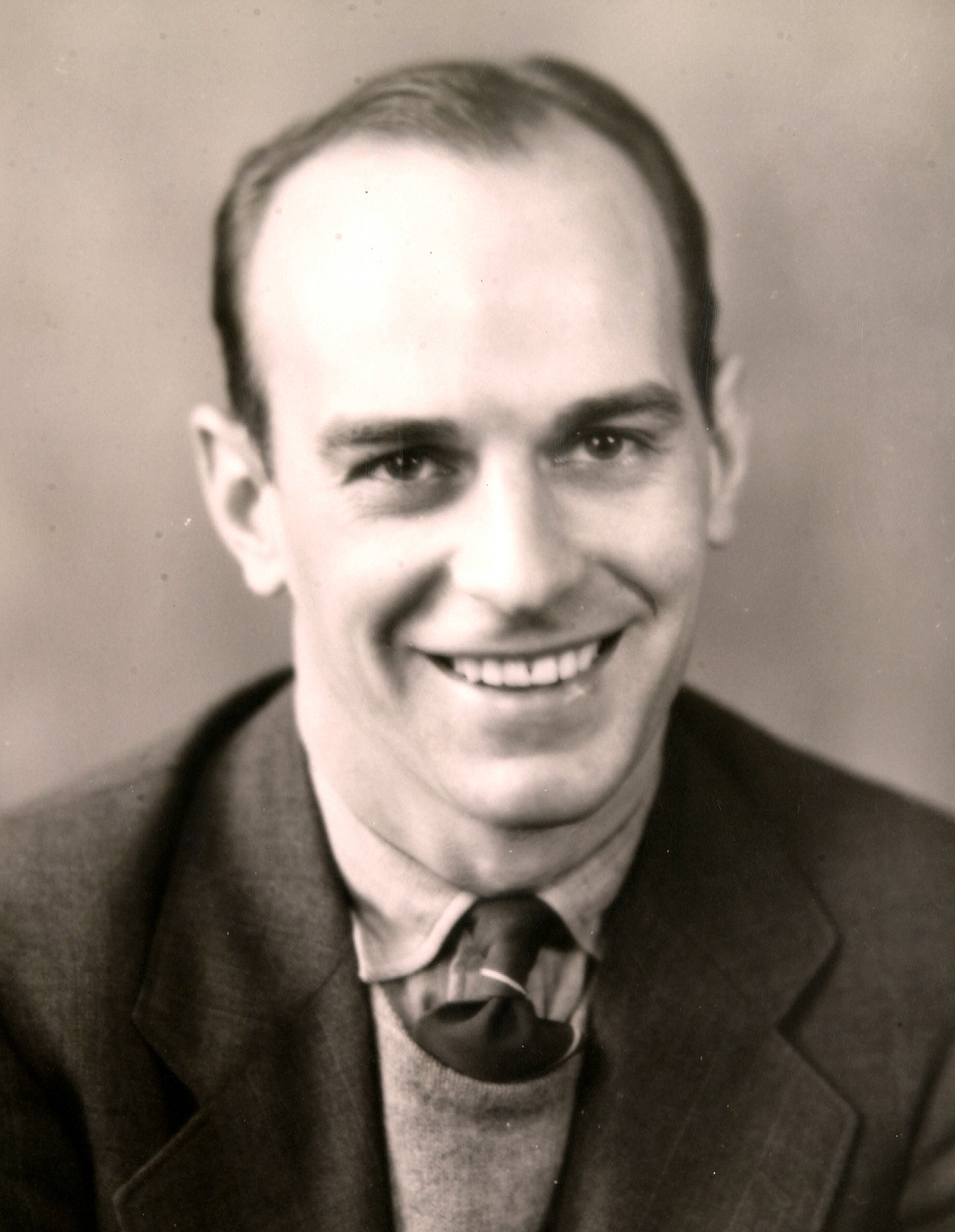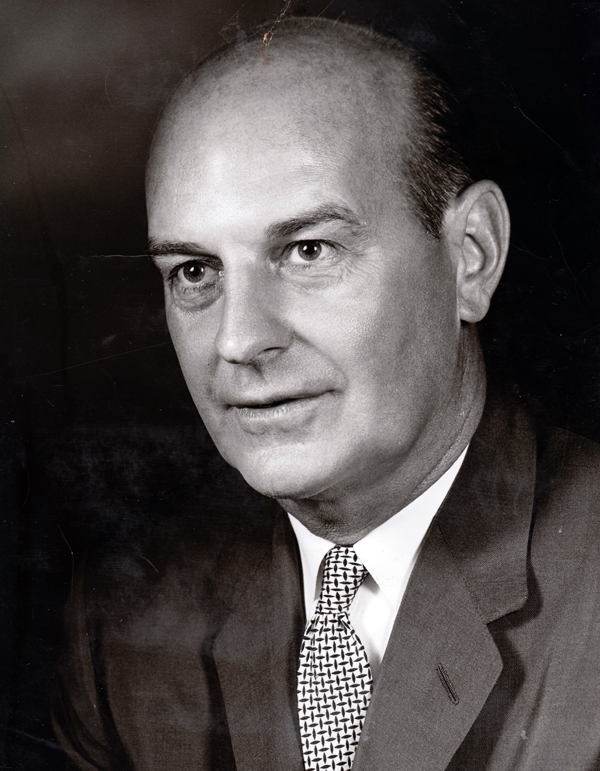1932 – 1940 – Won 80, Lost 8, Tied 2
Years State Champion – 1935, 1936, 1937, 1938, 1939, 1940
Years National Champion – 1935, 1936, 1939, 1940
- Born September 7, 1908 in Norwalk, Ohio.
- Family moved to Massillon in 1920.
- Quarterback for the 1925 and 1926 Massillon high football team.
- Miami, Ohio quarterback 1928 and 1929.
- Coached Severn in 1930 and 1931.
- Coached Massillon High School from 1932 through 1940.
- Coached Ohio State’s 1941 and 1942 team.
- Coached Ohio State’s First National Championship Team in 1942
- During WWII enlisted in the Navy in 1943.
- Served as Great Lakes Naval Academy coach in 1944 and 1945.
- Coached the Cleveland Browns in the AAFC from 1946 to 1949.
- Coached the Cleveland Browns when they entered the NFL 1950.
- Coach the Cleveland Browns from 1950 until 1962.
- Inducted into the National Football League’s Hall of Fame in 1967.
- Formed the Cincinnati Bengals in 1968.
- Bengals head coach, general manager and part owner until 1975.
- Paul Brown Tiger Stadium was renamed in honor of Paul Brown in 1976 during Paul Brown week in Massillon, Ohio.
- Paul Brown passed away August 5, 1991
 As a nine-year-old, Paul E. Brown moved with his family to Massillon, where his father was a dispatcher for the Wheeling and Lake Erie Railroad. The young man, it is said, persuaded his father to transfer because of his passion for football. He quarterbacked for the Tigers In 1925 and 1926 then headed for Ohio State University. Too small to suit the Buckeyes, Paul Brown transferred to Miami University of Ohio, where he played quarterback during his junior and senior years. He coached at Severn Prep, a Maryland Naval Academy preparatory school, then returned to Massillon as head football coach in 1932.
As a nine-year-old, Paul E. Brown moved with his family to Massillon, where his father was a dispatcher for the Wheeling and Lake Erie Railroad. The young man, it is said, persuaded his father to transfer because of his passion for football. He quarterbacked for the Tigers In 1925 and 1926 then headed for Ohio State University. Too small to suit the Buckeyes, Paul Brown transferred to Miami University of Ohio, where he played quarterback during his junior and senior years. He coached at Severn Prep, a Maryland Naval Academy preparatory school, then returned to Massillon as head football coach in 1932.
Discipline and fundamentals formed the foundation of Brown’s ‘success. He controlled training, practice, study habits, even off-season activities. He expanded his power over Massillon sports by becoming the high school basketball coach and athletic director; he served as city recreation director. He sequestered his players in a hotel the night before a game, introduced the use of the playbook and classroom techniques, invented the face mask (in response to a severely broken nose suffered by Tommy James), instructed training camps for aspiring young players, organized a Junior high “feeder” system for his team, and initiated the use of game films for statistical and review purposes. He originated the practice of calling plays from the sidelines by rotating guards as messengers, and he used an intelligence test to help select players. Paul Brown gained the total support of the school administration and set the stage for the nation’s first high school booster club.
| Year | Won | Lost | Tied | Off. | Def. | State * | Nat'l ** |
|---|---|---|---|---|---|---|---|
| 1932 | 5 | 4 | 1 | 79 | 98 | ||
| 1933 | 8 | 2 | 0 | 311 | 52 | ||
| 1934 | 9 | 1 | 0 | 427 | 21 | ||
| 1935 | 10 | 0 | 0 | 483 | 13 | 1st | 1st |
| 1936 | 10 | 0 | 0 | 443 | 14 | 1st | 1st |
| 1937 | 8 | 1 | 1 | 228 | 50 | 1st | |
| 1938 | 10 | 0 | 0 | 302 | 60 | 1st | |
| 1939 | 10 | 0 | 0 | 460 | 25 | 1st | 1st |
| 1940 | 10 | 0 | 0 | 477 | 6 | 1st | 1st |
| Total | 80 | 8 | 2 | 3,210 | 339 |
* – Popular Acclaim
** – NSNS
Discipline and fundamentals formed the foundation of Brown’s ‘success. He controlled training, practice, study habits, even off-season activities. He expanded his power over Massillon sports by becoming the high school basketball coach and athletic director; he served as city recreation director. He sequestered his players in a hotel the night before a game, introduced the use of the playbook and classroom techniques, invented the
face mask (in response to a severely broken nose suffered by Tommy James), instructed training camps for aspiring young players, organized a Junior high “feeder” system for his team, and initiated the use of game films for statistical and review purposes. He originated the practice of calling plays from the sidelines by rotating guards as messengers, and he used an intelligence test to help select players. Paul Brown gained the total support of the school administration and set the stage for the nation’s first high school booster club.
Two of Brown’s high school athletes became college AII-Americans. Ed Molinski, a 1935 Massillon star, made Grantland Rice’s first team when he played for the University of Tennessee in 1939. Lin Houston, a Buckeye guard, was named to the first team by the Associated Press in 1942.
The Massillon Tigers notified the football world that they were a fearsome force on April 15, 1940, when they defeated the Kent State University team in a spring scrimmage (47-0). Paul Brown’s last Tiger team trounced the Alliance Aviators (40-0), and in November the Tigers played Toledo Waite, who claimed that they were the rightful state champions. The Tigers settled the matter, defeating the Indians (28-0) in front of the twenty-two thousand rain-drenched spectators who were able to get tickets; another twenty-five hundred were turned away.
United Press named all eleven of the starters for the incomparable 1940 team to their first string All-Ohio team and the Associated Press called co-captain Horace Gillom (right end) the most outstanding scholastic player in Ohio for that season. Herman Robinson, “Red” Henderson, Bill Wallace, Gordon Appleby, Jim Russell, and Eli Broglio joined him on tile line. Ray Getz the other co-captain, Tommy James, Fred “Pokey” Blunt, and quarterback Dick Kingham formed the backfield.
During Brown’s nine years in Massillon, his teams won eighty games, lost eight, and tied two – an incredible .909 winning percentage. His Tigers won an unprecedented six consecutive state championships and four national scholastic championships.
 Brown coached three seasons at The Ohio State University, leading his team in 1942 to the Big Ten title and their first national championship. He enlisted in the Navy in 1943, coaching at Great Lakes Naval Training Center in 1944 and 1945. After the war, he coached the new All-American Conference Cleveland Browns (named by fans in Paul Brown’s honor) to championships during their four years of existence. The Browns joined the NFL in 1950, and coach Brown led them to six division titles and three national titles by 1962, when he left the team. He formed the Cincinnati Bengals in 1968 and remained as their coach until 1975, when he turned his full attention to duties as general manager and part-owner.
Brown coached three seasons at The Ohio State University, leading his team in 1942 to the Big Ten title and their first national championship. He enlisted in the Navy in 1943, coaching at Great Lakes Naval Training Center in 1944 and 1945. After the war, he coached the new All-American Conference Cleveland Browns (named by fans in Paul Brown’s honor) to championships during their four years of existence. The Browns joined the NFL in 1950, and coach Brown led them to six division titles and three national titles by 1962, when he left the team. He formed the Cincinnati Bengals in 1968 and remained as their coach until 1975, when he turned his full attention to duties as general manager and part-owner.
A visionary, Paul Brown set a standard for excellence that affected academics and extra-curriculars for decades, a spirit that reached beyond the confines of the school and enhanced the quality of life in the community. A 1967 Pro Football Hall of Fame inductee, Paul E. Brown – who forever influenced high school, college, and professional football – died on August 5, 1991. The football famous attended his funeral at St. Timothy’s Church while a respectful crowd surrounded the building. He was buried in Rose Hill Cemetery on Wales Road, Massillon, Ohio.